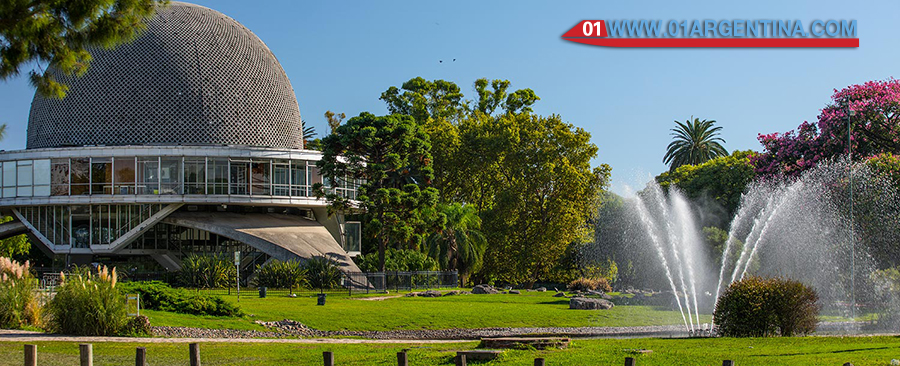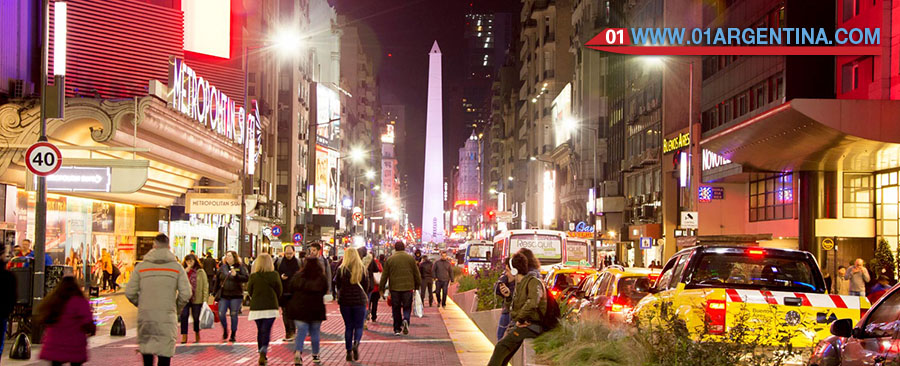
THE MONTSERRAT AND SAN NICOLAS NEIGHBORHOODS
In Montserrat and San Nicolas there is the historic center and first core of the city, these neighborhoods are usually the beginning of any visit to Buenos Aires. To get a first impression of them and some of the closest neighborhoods and learn more about their history and curiosities the first day in the city we took a guided tour.
You are going to do tourism in Buenos Aires and wonder what to visit, what are its main places of interest or what to do in the Argentine capital
- Plaza de Mayo: the center par excellence of the city and the scene of the most important political events in Argentina – the handkerchiefs painted on the ground remind the grandmothers of the Plaza de Mayo – with the Casa Rosada – seat of the government in the that there are guided visits on weekends – the Cabildo and the Government Palace of the city of Buenos Aires.
- Metropolitan Cathedral of Buenos Aires, with the mausoleum of General José de San Martín, and the churches of San Francisco and Nuestra Señora del Rosario.
- A guided tour in the Apple of Lights, where some of the oldest buildings in Buenos Aires are located.
- Café Tortoni: have a drink at the oldest café in Buenos Aires, 1858, and we have a special affection because it was one of our first stages of our one-year trip to South America. You can also stop by other notable Buenos Aires bars such as La Giralda and La Paz, in Corrientes. There are 75 in total and are part of the cultural heritage of the city, on the official website of Tourism of Buenos Aires there is a list that includes them all.
- A tango show with dinner at El Querandi or Gala Tango.
- Avenida Corrientes, Avenida de Mayo and Avenida 9 de Julio: stroll along the great avenues, heart of the life of Buenos Aires.
- Congress Square, with its monument of the two congresses.
- Teatro Colón: one of the most important lyric theaters in the world, you can take guided tours or attend one of its many functions.
- Obelisk: the great symbol of Buenos Aires, built in 1936 to remember the fourth centenary of the foundation of the city and surrounded at all times by cars, motorcycles, walkers, pets and any living being or means of transport that you can imagine , in addition to theaters, pizzerias, bars, bookstores …
- Ideal Confectionery: another of the buildings with more history of the capital, opened in 1912, has a large confectionery hall and a ballroom dedicated to tango through which the best “milongueros” of the city pass.
- Used book and record stores on Avenida de Mayo (between San José and Bolívar) and Avenida Corrientes (between Avenida Callao and Cerritos, in the Obelisk).
- Banchero: eat one of his giants “Milanese to the Neapolitan”
- Barolo Palace: climb to the lighthouse of the first reinforced concrete building in the city, which was the tallest in South America when it was built in 1932
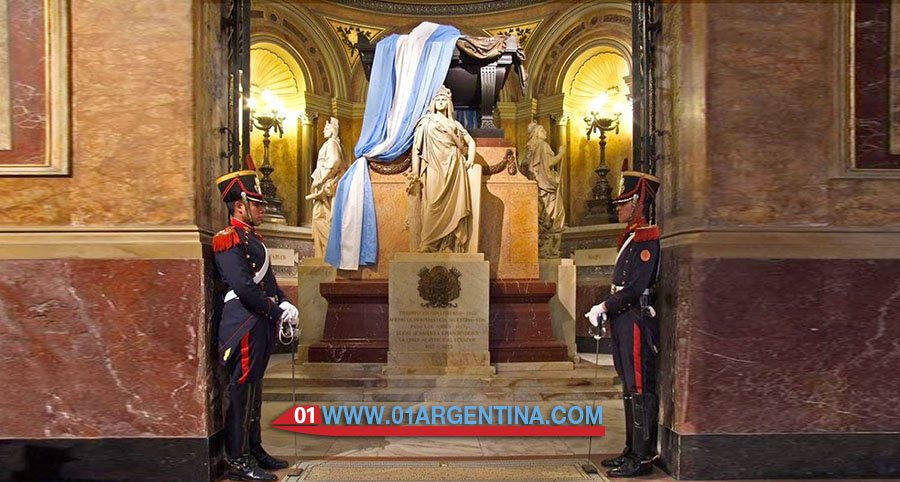
WHAT TO DO IN BUENOS AIRES IN THE SAN TELMO NEIGHBORHOOD
San Telmo is also part of the old town and one of the neighborhoods with more history, and now more tourist, of the city….
- Mafalda and the “Cartoon Walk”: come to greet and hug! the statue dedicated to the great protagonist of the Quino comics and to those of other Argentine comic characters.
- Historic premises of San Telmo: The Old Warehouse – former warehouse of the late eighteenth century, where there are now tango shows -, Café Dorrego – or Plaza Dorrego Bar, one of the most historic cafes in the capital, with its Wooden chairs and black and white mosaic floors – or the Seddon bar – with its antique furniture and works of art, just in front of Mafalda.
- Free Tango in the milonga del Indio: Buenos Aires is the world capital of tango, there are many tango houses with shows, schools and milongas – places where tango is danced and learned – one of the most famous, and also free , is the milonga del Indio on Sundays in Dorrego square from 7pm. If you want to teach a tango class before attending the show of those who know, you can also do it at San Telmo
- San Telmo Market, despite being very frequented by tourists, still retains some of the spirit of the old markets of the Argentine capital, from condiments, Patagonian pate or tropical fruits to antique stalls, vinyl and toys of yesteryear. Open every day but on Saturday and Sunday there are more open positions and more movement. On Sunday, in addition, there is street market in the whole street Defense.
- San Telmo nightlife, with its bohemian atmosphere and tango shows.
- The minimum house, with its barely 2.50m façade and the Granados trench, under which four centuries old tunnels have been discovered.
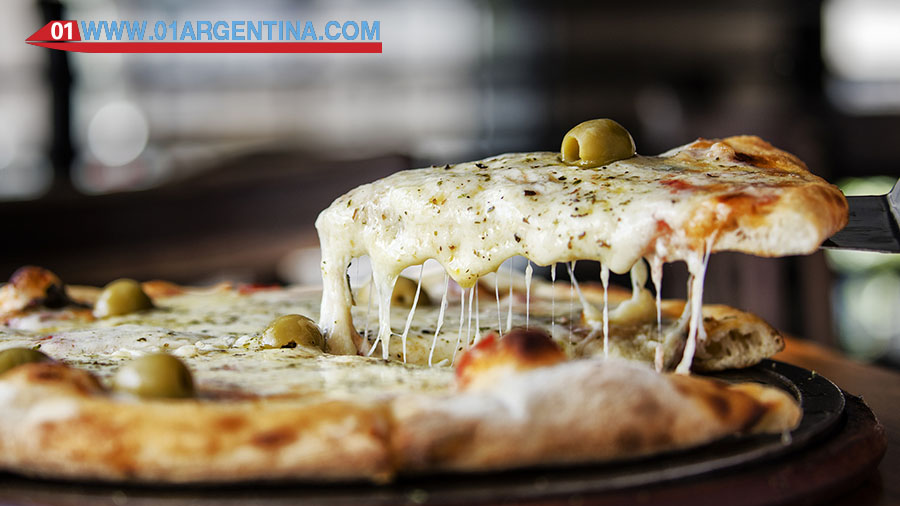
WHAT TO DO IN BUENOS AIRES IN THE PUERTO MADERO NEIGHBORHOOD
Puerto Madero, the obsolete port of Buenos Aires with its “docks”, has become one of the most exclusive residential neighborhoods in the capital.
- Go to the pier of Puerto Madero to take a boat trip on the Río de la Plata and have the best panoramic views of the city. Here you can check prices and schedules. You can also do the boat trip with lunch and combine it with a city tour, to get to know as much as possible about Buenos Aires in a short time, here are the details of the tour.
- A night in Puerto Madero: cross the beautiful bridge of the woman, see the source of the illuminated Nereidas and enter the safest neighborhood of Buenos Aires, even at night, with its good restaurants and chic bars where you can have a drink.
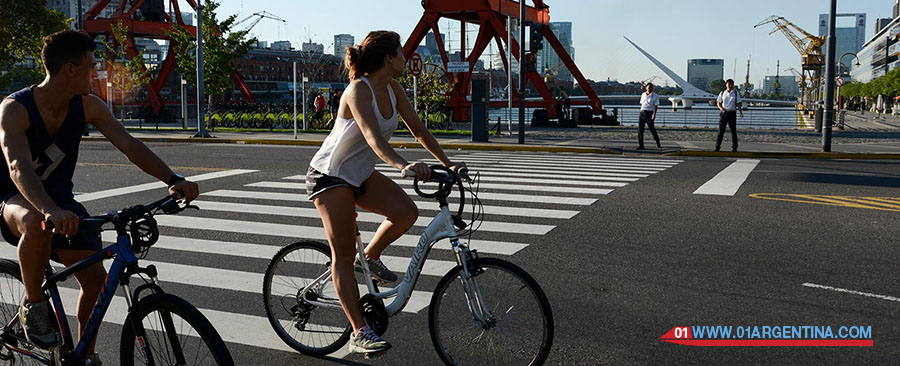
WHAT TO DO IN BUENOS AIRES IN BARRIO DE LA BOCA
La Boca is one of the most popular neighborhoods in the city and emblem of the Boca Juniors football club.
- Caminito: with its barely 150 meters, it is the most emblematic street of La Boca, and one of the most touristic places in Buenos Aires. This former abandoned alley has become, since the ‘50s, it is almost an open-air museum, with its works of art, its colorful houses, its musicians, its tango dancers, its street artists of all kinds …
- Boca Juniors Stadium – Alberto J. Armando Stadium, the “Bombonera” – and the Museum of the passion of Boca, under one of the stands of the Boca Juniors Athletic Club. You can also do a soccer tour to get to know La Bombonera next to the River Plate stadium and learn more about the two teams.
- The ferry bridge: the giant iron structure at the mouth of the Riachuelo turned into a national monument.
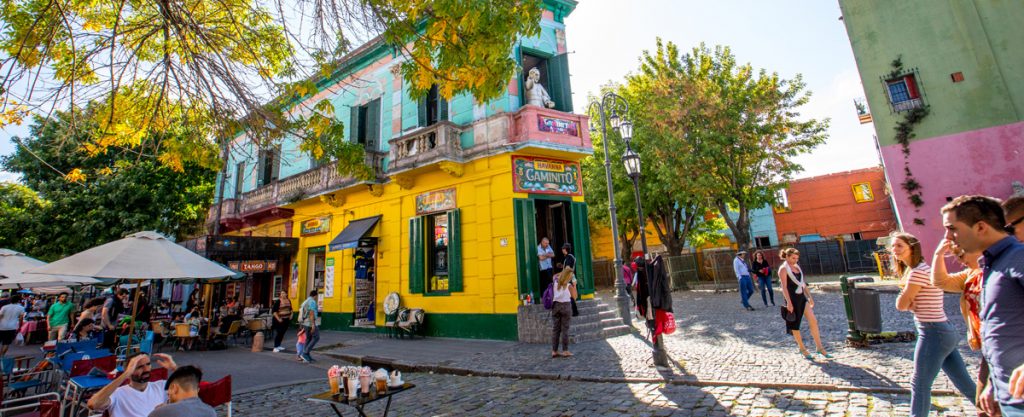
WHAT TO DO IN BUENOS AIRES IN THE BARRIO DE RETIRO
Retiro is a knot of transport and commercial district that includes the “City” of Buenos Aires.
- Plaza de San Martín: visit everything in the square and its surroundings. The Retiro station, from the beginning of the 20th century, the San Martín palace, the Plaza Hotel Buenos Aires, the Military Circle, the National Parks Administration palace, the Kavanagh building – which became the tallest in South America and was declared UNESCO World Heritage Site–, the Basilica of the Blessed Sacrament, the monumental tower and the cenotaph of the Fallen in the Falklands War: we visited the latter on April 2, Veterans Day and the Fallen in the Falklands War.
- Florida Street: probably the most commercial street in Buenos Aires, where you can find everything from Messi t-shirts to souvenirs or clothes of all kinds and, at the time of the “blue dollar”, the place to find the “little trees”…
- Pacific Galleries: enter one of the most historic shopping centers in Argentina, with its dome decorated with frescoes by Argentine painters, and have a coffee with some dulce de leche alfajores or some bills (pastas).
- Take a sausage steak in the Mirasol de la Recova: there are many places to have good sausages and roasts in Buenos Aires – they told us about Siga La Vaca, Campo Style, La Bistecca, Cabaña Villegas, etc. everyone in Puerto Madero– but at our hotel, Casa Calma, we were advised this one and we loved it, how good the Argentine meat is!
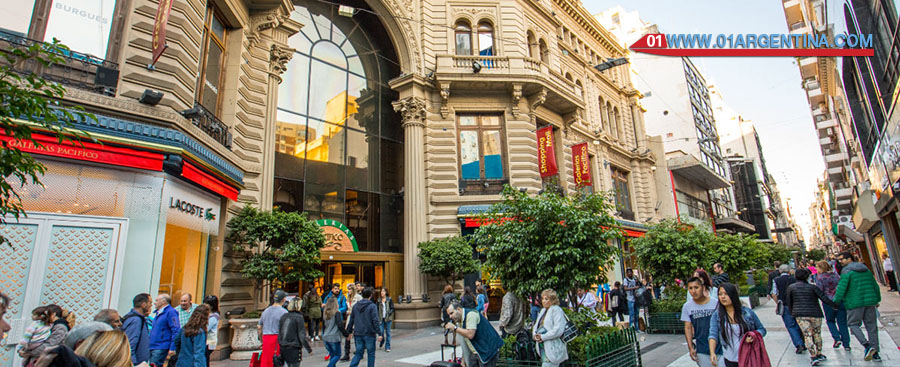
WHAT TO DO IN BUENOS AIRES IN THE RECOLETA NEIGHBORHOOD
The Recoleta neighborhood is probably the most elegant and classy in the city.
- Alvear Avenue: touring the most elegant avenue in Buenos Aires, with its high fashion shops and palaces, former aristocratic residences now converted into embassies and diplomatic buildings – such as the French Embassy, at the Ortiz Basualdo Palace, or the residence from the Brazilian ambassador, at the Pereda Palace – and luxury hotels – like the Four Seasons Hotel, at the Álzaga Unzué Palace, or the Park Hyatt, at the Duhau residence. Go for a walk with a free tour, you can book it here
- The Recoleta Cemetery: discover this monumental cemetery turned into a tourist attraction and obligatory stage of any city tour, thanks to the tomb of Evita Perón. Next to it are the Basilica of Our Lady of Pilar, from the beginning of the 18th century, and the Recoleta Cultural Center, in a convent of the same period.
- National Museum of Fine Arts: the most important museum in Argentina and one of the largest in Latin America with works by great Argentine and international authors.
- Generic Floralis: be amazed with this sculpture of stainless steel and aluminum of 20 m and 18 tons that moves thanks to a hydraulic system and photoelectric cells. Will you get to see it open? We tried on a couple of occasions without success …
- The Grand Splendid Athenaeum: visiting a theater converted into a spectacular bookstore.
- Palacio de Aguas Corrientes: discover this former water tank from the end of the 19th century that was the most important on the continent and now houses museums and exhibition halls.
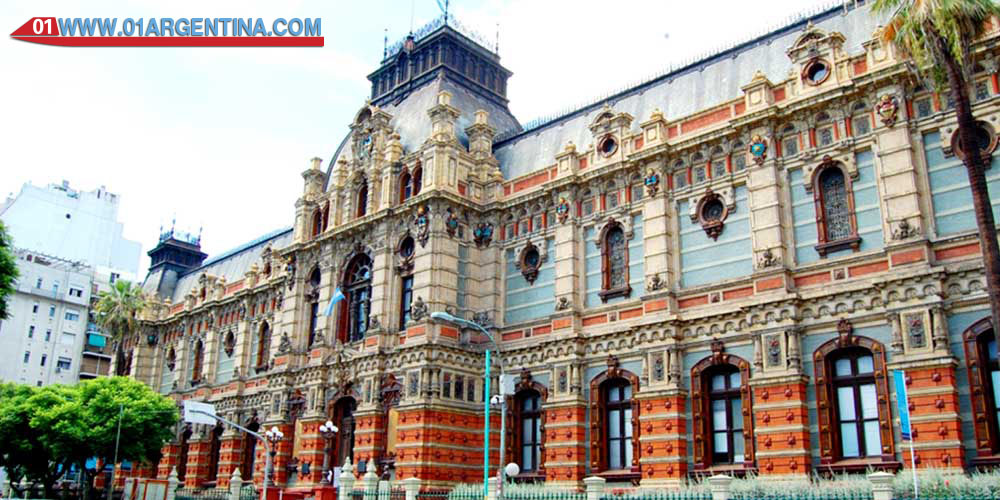
WHAT TO DO IN BUENOS AIRES IN THE NEIGHBORHOOD OF PALERMO
Palermo is the largest neighborhood in the city that includes from large parks to the most fashionable area of the city. Before launching into its streets, how about touring it with a free tour? Said and done, here you can book it.
- The forests of Palermo, one of the largest green spaces in the city, with the planetarium, the Japanese garden, the rose garden with its garden of poets, the lakes of Palermo, the botanical garden …
- Palermo Soho –defined by Scalabrini Ortiz avenues, Córdoba, Juan B. Justo and Santa Fe–, where to find the latest fashion and design trends, as in New York’s Soho, and good examples of graffiti and urban art.
- Palermo Hollywood – delimited by Juan B. Justo, Dorrego, Santa Fe and Córdoba avenues -, named after the arrival of producers and television channels totally transformed this residential neighborhood and car workshops, now a place of trendy restaurants With cuisine from around the world.
- Dog walkers: hallucinate with these guys capable of carrying dozens of dogs – apparently they are very well paid!
- A choripán in the carts of the Costanera Norte: the choripán – a small roasted Creole chorizo sandwich served with sauces – is one of the great classics of Buenos Aires street food and the Costanera Norte one of the most classic places to eat it, in addition of being a nightclub of “bowls”, that is discotheques.
- Palermo nightlife, the capital’s entertainment and fashion district par excellence and one of the most “hipsters” could not miss one of the most intense nightlife in Buenos Aires. You can “have a drink” in the area of ”Las Cañitas” – delimited by Luis María Campos, Federico Lacroze, Dorrego and Libertador avenues – place of pubs, bars and discos.
